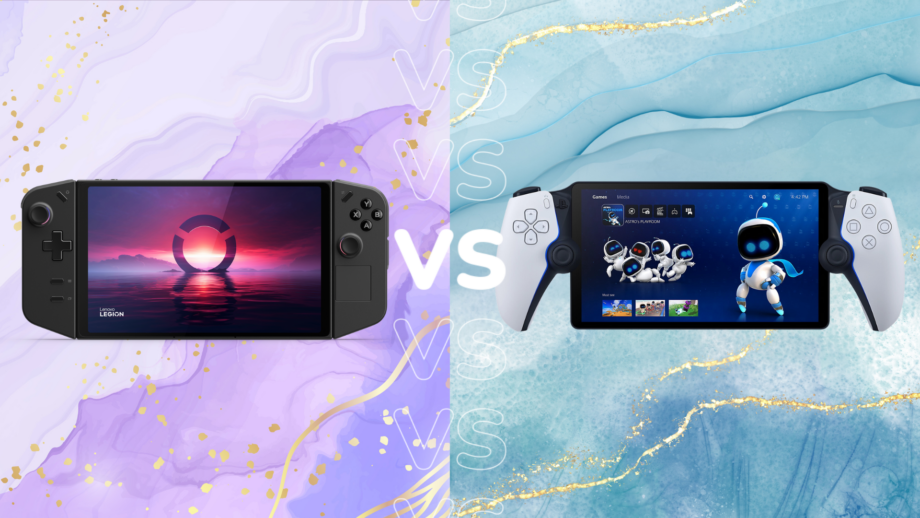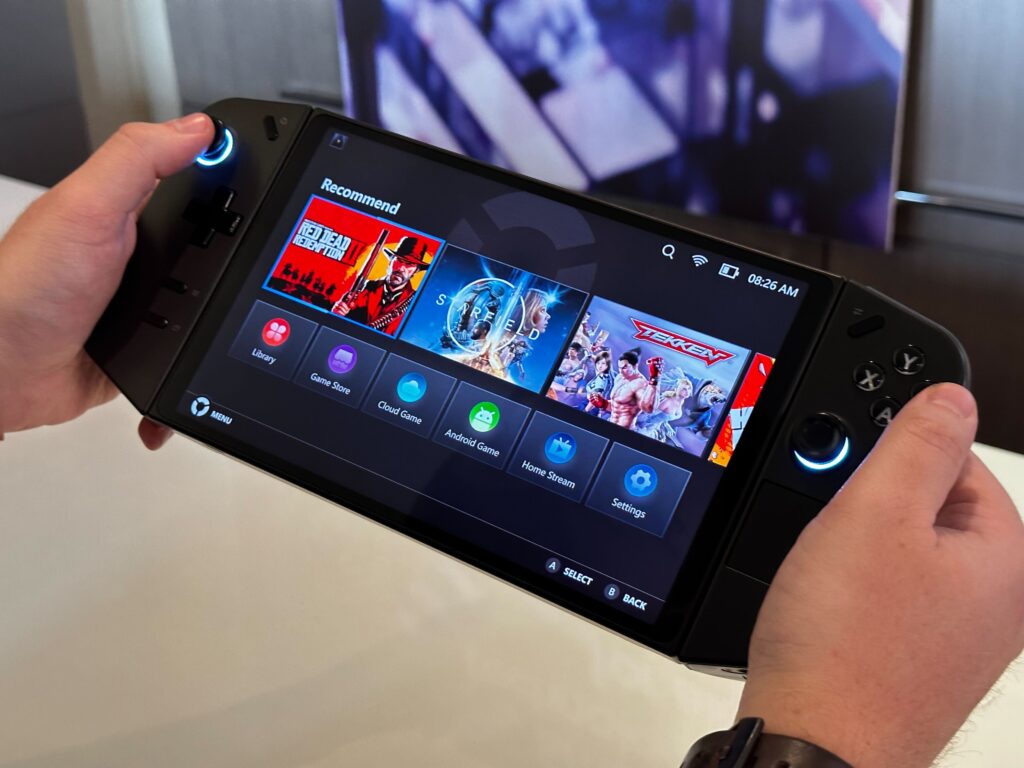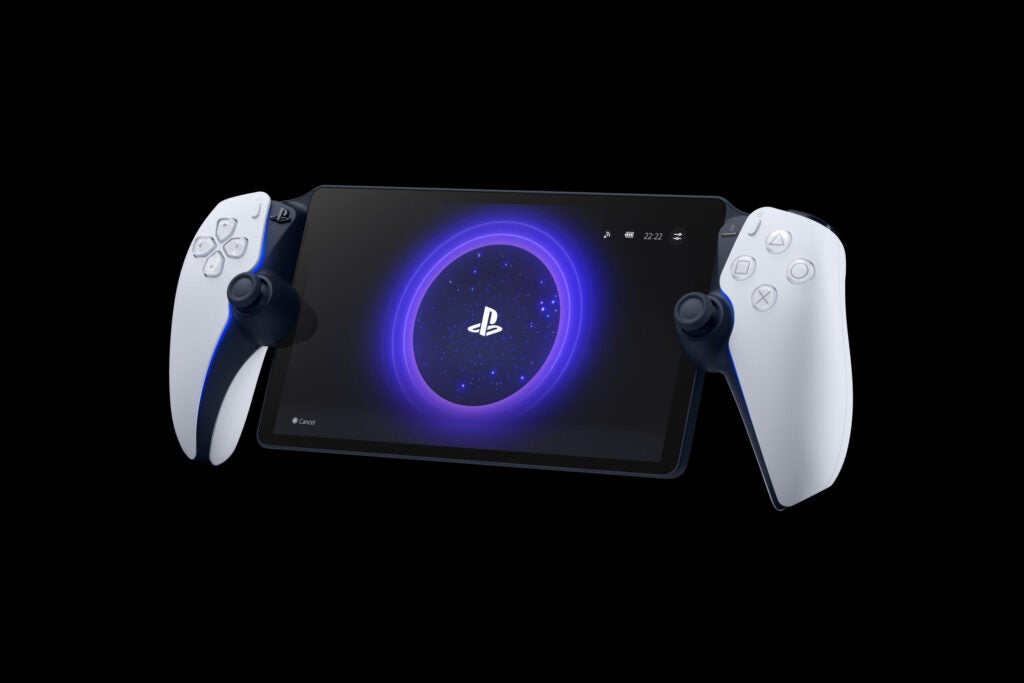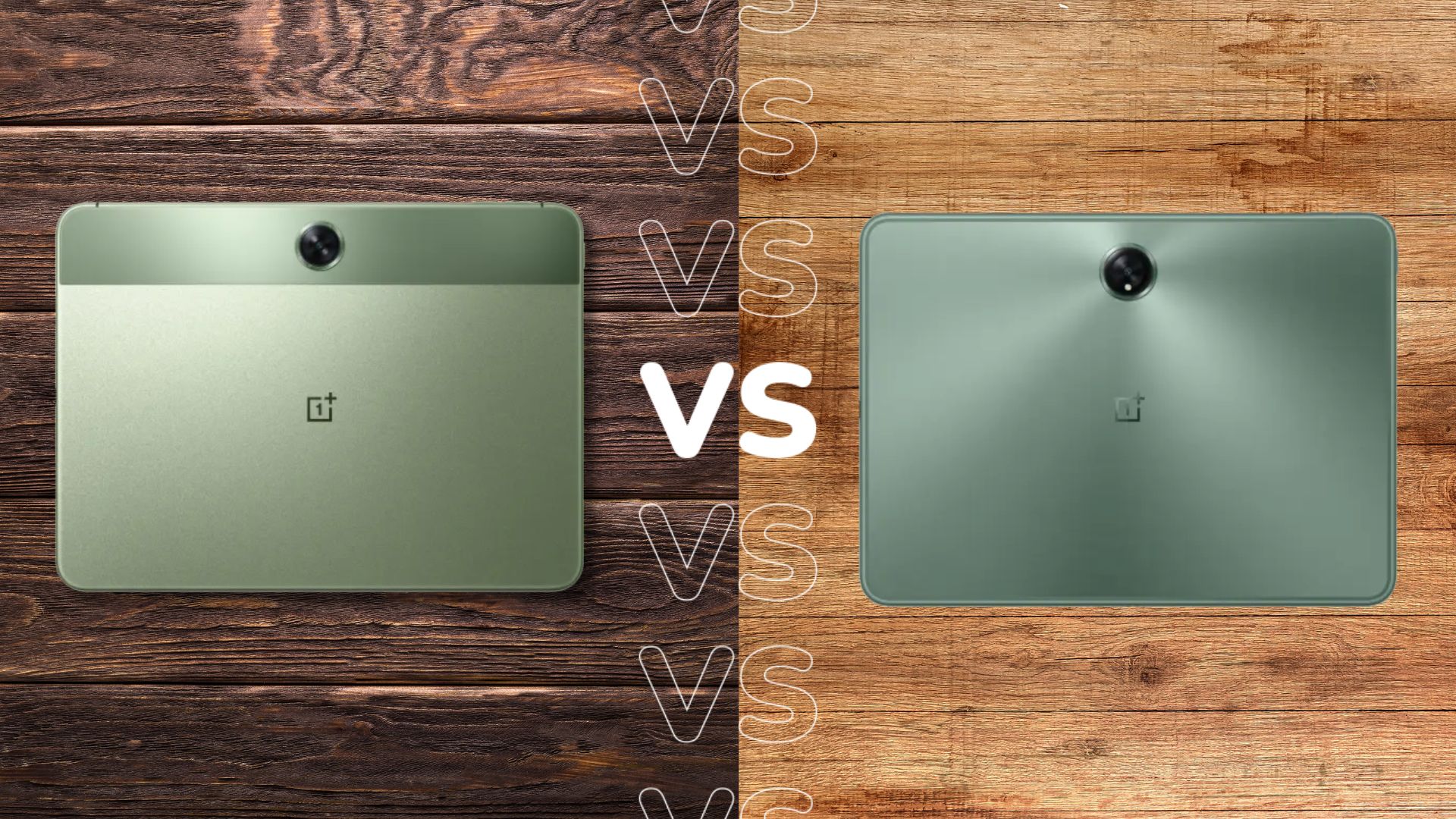Lenovo Legion Go vs PlayStation Portal: Which gaming handheld will you prefer?

The gaming handheld market is booming; the Steam Deck arguably kicked off this new trend and the Asus ROG Ally followed close behind, giving people more ways than ever before to game on the go.
But now we have two new contenders; the Lenovo Legion Go and PlayStation Portal. Both of these handhelds will be released in a few weeks, so we thought we’d run through some of the biggest differences – and similarities – between them so you can make an informed choice.
Keep reading to find out which handheld console truly comes out on top, the Legion Go or PlayStation Portal.
You need a PS5 to use the PlayStation Portal
The Lenovo Legion Go works like most other handheld devices on the market. It can run games natively, with the option to buy a selection of titles and have them right at your fingertips, whether you’re relaxing at home or sitting on a train.
Sony went a different way with the PlayStation Portal. Instead of being able to stream games independently, it needs to be connected to the PlayStation 5 console over Wi-Fi.
This does not make the PlayStation Portal a viable option for anyone who is looking to play games on the go. Sony is instead pitching it as a solution for those who need to share a communal TV or simply want to play games in another room in their home. This could corner a very specific niche for some gamers, but overall, could limit a lot of its audience.

Larger screen on the Legion Go
Lenovo kitted out the Legion Go with a very alluring display on paper; it comes with an 8.8-inch Quad HD+ (2560×1600) resolution alongside a 144Hz refresh rate and quoted 500 nits of brightness.
We didn’t get the chance to truly push the resolution or the refresh rate of the display but we did note that it had a lot more detail than a traditional Full HD panel. Colours looked rich and accurate and we noted that the large screen didn’t feel overly imposing during our playtime.
Sony opted for a similar design, using an 8-inch LCD panel with a Full HD (1080p) resolution and 60Hz refresh rate. Fans may be disappointed that it doesn’t include flashier technology, such as an OLED panel. On the bright side, the lower refresh rate and resolution should keep its battery from draining too fast, although we will have to wait until we test out the device before we make any concrete claims.
Legion Go runs on Windows 11
In the same vein as the Asus ROG Ally, the Lenovo Legion Go runs on Windows 11. We noted that you don’t have to spend too much time with the Windows interface thanks to the inclusion of Legion Space software. It brings together all your locally installed games from various game stores for quick access, with the menus being simple to use.
The PlayStation Portal will presumably use a similar operating system and interface as the PlayStation 5 console. This will make for a very familiar experience for PS5 owners and hopefully make the interface very easy to navigate.

More powerful chip inside the Legion Go
The Lenovo Legion Go can be kitted out with up to an AMD Ryzen Z1 Extreme processor alongside AMD RDNA Graphics. Interestingly, in the UK, only one model will be sold with the following specs: Z1 Extreme, 16GB RAM and 512GB SSD. We didn’t have any noticeable hiccups during our time with the device, but we won’t know if it will fully take advantage of its specifications until our full review.
We don’t know which chip will be housed in the PlayStation Portal just yet, but we do know that it won’t be very powerful. This is due to the fact that it won’t be able to play games natively. We can’t comment on the performance of this handheld until we get it in for testing, but its lack of raw power may not have a large impact on its usability due to its connection to the PS5.
PlayStation Portal is more affordable – if you discount the PS5
After all of that, you may be wondering which handheld console is the most cost-effective option. The Lenovo Legion Go has a starting price of £699/$699/€799 and is set to launch in late October 2023.
The PlayStation Portal 5, on the other hand, has a lower starting price of just £199.99/$199.99/€219.99 and will be launching on the 15th of November. While that may seem like the more economical option, you will need to make sure that you’re pairing it with the £479.99/$499.99/€549.99 PlayStation 5, putting its affordability into question.








